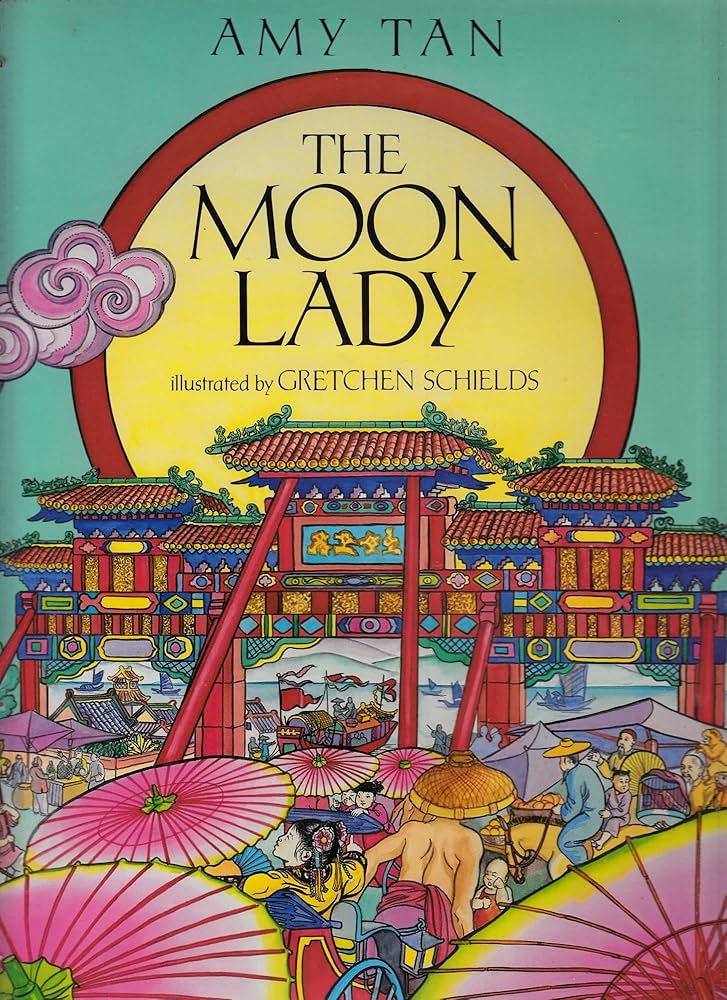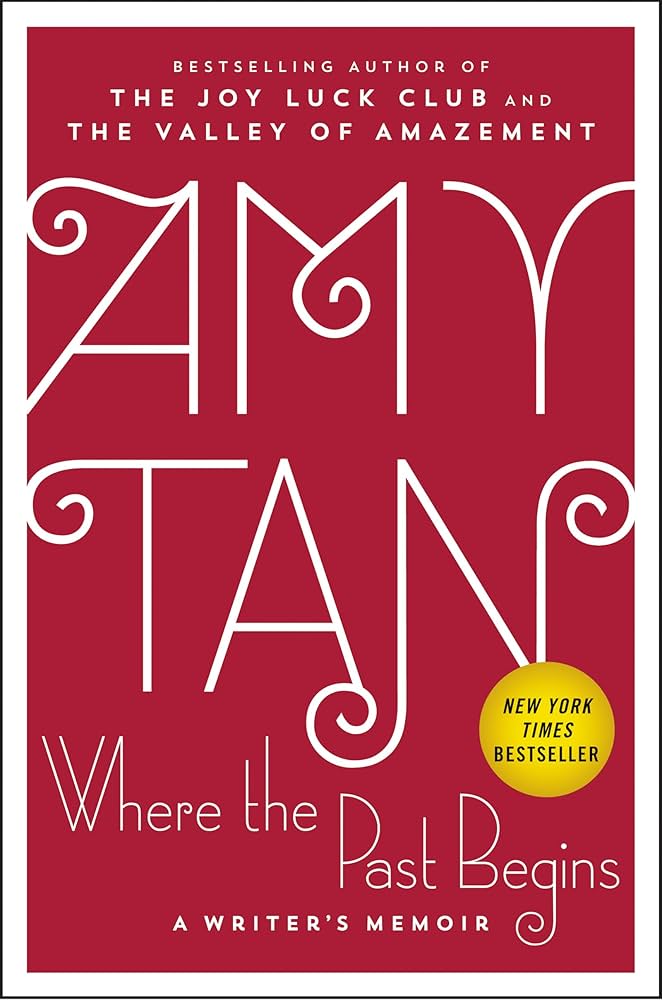Amy Tan Books: A Comprehensive Guide

Amy Tan, born in 1952 to Chinese immigrant parents, grew up in the San Francisco Bay Area. Her literary journey began with a fiction workshop in 1985, and her debut story, “Rules of the Game,” paved the way for her remarkable success. Her bestselling debut novel, The Joy Luck Club, catapulted her to fame and earned her recognition as a significant voice in contemporary literature. Tan’s contributions extend beyond authorship; she served as co-producer and co-screenwriter for the film adaptation of The Joy Luck Club, a film later inducted into the National Film Registry. Her multifaceted career, marked by both literary acclaim and cultural impact, continues to resonate with readers worldwide. In 2023, President Joe Biden awarded her the National Humanities Medal, further solidifying her status as a prominent figure in American letters. Beyond her literary pursuits, Tan is a passionate birder and a member of the Rock Bottom Remainders, a literary garage band, showcasing her diverse interests and engaging personality.

Amy Tan’s Literary Landscape: Novels and Themes
Amy Tan’s novels consistently explore the complexities of the Chinese American experience, delving into the intricate dynamics between mothers and daughters, and the inherent tensions between tradition and modernity. Her works are not merely narratives; they are profound explorations of identity, cultural heritage, and the enduring power of family bonds, often against the backdrop of immigration and assimilation. These recurring themes weave a rich tapestry across her novels, each offering a unique perspective on the human condition while maintaining the author’s signature blend of wit, sensitivity, and poignant storytelling.
Recurring Motifs in Amy Tan’s Fiction
Several powerful motifs reappear throughout Tan’s literary works, establishing a cohesive thread that binds her diverse narratives. The exploration of the mother-daughter relationship is a dominant force, portraying the often-turbulent yet deeply intimate bonds between generations shaped by cultural differences and personal experiences. The intricacies of this relationship are explored not just from the perspectives of the daughters, but also through the lens of the mothers’ pasts, often unveiling hidden traumas and unspoken desires. This interweaving of generations provides a compelling narrative structure and adds depth to the overall thematic exploration.

Another significant motif is the navigation of the Chinese American experience. Tan’s characters grapple with their dual identities, caught between the traditions and expectations of their ancestral heritage and the realities of life in America. This struggle for belonging and self-discovery serves as a potent backdrop to many of her compelling narratives, creating a space for readers to explore their own notions of identity and belonging.
Furthermore, the clash between tradition and modernity is a recurring source of conflict and dramatic tension in Tan’s novels. Traditional Chinese values, beliefs, and customs are juxtaposed with the rapidly changing landscape of American society. The resulting tensions often form the central conflicts, leading to misunderstandings, conflicts, and ultimately, reconciliations that reveal the complexities of cultural adaptation and the enduring power of family.
A Closer Look at Amy Tan’s Novels

The following section provides detailed summaries and analyses of Amy Tan’s individual novels, exploring their unique themes and literary contributions.
The Joy Luck Club (1989)
This landmark novel introduces us to four Chinese immigrant women in San Francisco who find solace and companionship in their weekly mahjong games and dim sum gatherings. The Joy Luck Club becomes a sanctuary where they share stories of loss, hope, and the enduring strength of their heritage. The novel masterfully interweaves their experiences with those of their American-born daughters, revealing the complex and often strained relationships that emerge from cultural differences and generational gaps. The stories delve into the secrets, triumphs, and heartbreaks that shape their lives, exploring themes of immigration, cultural identity, and the challenges of navigating multiple cultural worlds.
The Kitchen God’s Wife (1991)
The Kitchen God’s Wife unfolds the story of Winnie and her daughter, Pearl. As Winnie faces her mortality, she decides to confront her past and shares her life story with Pearl, revealing a history of joy, hardship, and survival in 1920s China. From the backdrop of political turmoil and familial secrets, Winnie’s narrative reveals her experience as a young woman in a remote village and later as a wife who endures considerable hardship. The novel tackles themes of betrayal, resilience, and the enduring search for truth and forgiveness.
The Hundred Secret Senses (1995)
This novel diverges somewhat from Tan’s typical focus on mother-daughter relationships. It centers on the lives of two half-sisters, Olivia and Kwan. Kwan, who immigrated from China, possesses a unique ability—she can see spirits. The sisters’ complicated relationship is further strained by Olivia’s failing marriage. Through Kwan’s captivating stories, the novel unveils the tumultuous history of 19th-century China, exploring themes of family secrets, mystical experiences, and the enduring power of love’s inheritance.
The Bonesetter’s Daughter (2001)
This novel features Ruth, a ghostwriter grappling with her relationship with her mother, LuLing. LuLing, plagued by forgetfulness, shares her life story, revealing unexpected aspects of her past. This past includes an arranged marriage and traumatic events surrounding a family curse connected to a bonesetter in a remote mountain village. The novel masterfully intertwines Ruth’s present-day struggles with LuLing’s past, weaving a powerful tale of familial secrets, resilience, and the transformative power of uncovering hidden truths.
Saving Fish from Drowning (2022)
Saving Fish from Drowning presents a departure from Tan’s previous works, telling the story from the perspective of a ghost. Bibi Chen, a wealthy San Francisco woman, plans an elaborate trip to the Burma Road with 11 friends but dies before the trip starts. The trip is set in motion regardless, and Bibi watches the unfolding events with the perspective of an observant spirit. The story follows her friends as they traverse difficult terrain, encountering cultural differences, and experiencing their own growth and heartbreaks. The novel serves as a unique exploration of human nature and the complexities of relationships.
The Valley of Amazement (2013)
This epic tale spans several decades, from the turn of the century in San Francisco to the fall of the Qing dynasty in Shanghai. The story centers on a mother and daughter whose lives are separated by an ocean. This novel expands upon Tan’s themes of motherhood and identity. The relationship between the mother and daughter forms the central conflict as they deal with cultural differences, identity issues, and their search for each other.
The Opposite of Fate (2003)
Tan’s memoir provides readers with insight into the events and experiences that shaped her writing. From her childhood filled with both tragedy and humor, Tan’s story follows her progression into the world of novels and her emotional journey. Tan’s story serves as a powerful and relatable narrative for readers.
The Backyard Bird Chronicles (2023)
A departure from her fiction, The Backyard Bird Chronicles presents Tan’s personal journey into birding. Through daily entries and sketches, she offers an intimate look at the solace she found in observing nature amidst personal turmoil. It offers readers an introspective glimpse into her creative process and the inspiration she finds in the natural world.
Amy Tan’s Authorial Style and Influences
Amy Tan’s writing is distinguished by its distinctive blend of stylistic elements. Her narrative voice often fluctuates between witty observations and poignant reflections, creating a compelling mix of humor and emotional depth. She masterfully integrates elements of both traditional Chinese storytelling and contemporary American literary styles. The use of vignettes and interweaving narratives contributes to her unique authorial voice. The use of metaphor and imagery enriches her storytelling. These elements reflect her diverse cultural influences and personal experiences.
Cultural and Personal Influences on Amy Tan’s Work
Tan’s writing is deeply rooted in her personal experiences and her Chinese American heritage. Her childhood experiences and her complex relationship with her mother have significantly shaped her narratives. The cultural richness of Chinese traditions, beliefs, and folklore plays a key role in her stories. Tan has stated that she was heavily influenced by her mother’s stories and the rich tradition of storytelling within her family.
The Cultural Impact of Amy Tan’s Work
Amy Tan’s literary contributions have had a significant impact on literature and culture. She is credited with opening a space for the exploration of the Chinese American experience. Her novels have been widely read, adapted for film, and studied in educational settings. Her work has sparked dialogues about identity, family, and cultural heritage. She has been recognized with various awards, further signifying the impact of her work.
Awards and Recognition
Amy Tan’s literary accomplishments have earned her numerous awards and accolades, including:
- National Humanities Medal (2023)
- Finalist for the National Book Award (The Joy Luck Club)
- Numerous other literary accolades and recognitions
This recognition highlights the enduring relevance and powerful impact of her novels.
Amy Tan’s Literary Legacy and Influence
Amy Tan’s impact on literature extends far beyond her own works. She is considered a pioneer in Asian American literature, paving the way for countless other authors to tell their stories. Her exploration of the mother-daughter relationship has resonated with readers across cultural backgrounds. Her novels have prompted discussions about immigration, family dynamics, and cultural identity, continuing to inspire and influence readers for generations to come. Her use of the mother-daughter dynamic, particularly in exploring the complexities of cross-cultural relationships, has deeply influenced subsequent authors writing about similar themes.
This comprehensive guide provides a detailed look into the world of Amy Tan’s literature, her authorial style, and her lasting cultural impact. It serves as a point of departure for exploring her numerous literary works and appreciating her significant contribution to contemporary literature.